10 Ambiguous Movie Endings Whose True Meanings Will Never Be Settled
By Ben Protheroe
Some movie endings are so perplexing that they can spark debates which last for years. Fans can love the movie, but fail to agree on its meaning.
Ambiguous endings can leave audiences talking about a movie long after it is over, but some endings are so perplexing that they may never be conclusively puzzled out. In many cases, the precise meaning of a movie’s ending isn’t supposed to be interpreted so literally. An ominous open-ended finale does its job if it evokes a certain feeling or proposes a lasting mystery, but this doesn’t stop audiences from trying to decipher the hidden meanings and the obscure plot points. The ongoing debate over a movie’s ending can be a vital part of the whole experience, and it’s usually an indicator that a filmmaker knows how to manipulate their audience.
Ambiguous endings are a useful tool for extending the effects of a movie beyond its closure. This works especially well in horror movies or psychological thrillers, both of which often toy with the line between fact and fiction. Once the viewing experience surpasses the runtime of the movie, fiction starts to blend into the reality of the viewer’s mind. Whenever somebody asks what happens after the end of a story, they attribute real-life logic to imagined scenarios, and this is proof of the filmmaker’s hold over their mind. Some brilliant movie endings are so intriguing that they can generate conversation for decades.
No 1 : The Birds (1963)
The attacks suddenly stop
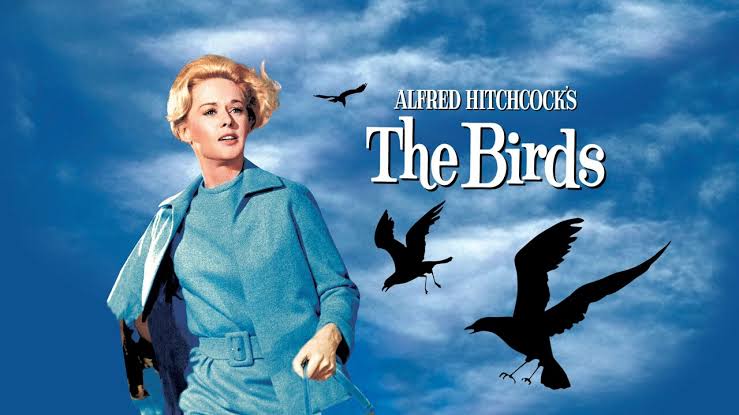
The meaning of this can’t be untangled without first understanding why the birds were attacking, but even this is a mystery.
Alfred Hitchcock’s eerie natural horror masterpiece follows a group of people as they are relentlessly attacked by thousands of birds. In the hands of a lesser director, The Birds could wind up as a laughable B-movie, but Hitchcock’s masterful characterization of the evil forces at play makes it a classic. The birds aren’t just random agents of evil, they embody nature’s rebellion against man. The ending of The Birds juxtaposes the chaos of the birds with a creepy silence, as they stop attacking and allow the humans to leave. The meaning of this can’t be untangled without first understanding why the birds were attacking, but even this is a mystery.
No 2 : Donnie Darko (2001)
Donnie can’t escape his fate
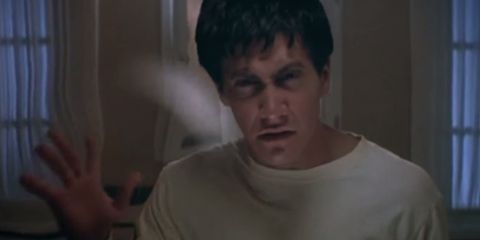
Donnie Darko deals with alternate universes, time travel, occult symbolism, and many more things which can usually make movies hard to follow. In the end, Donnie is sent back in time, and the jet engine from the start of the movie crashes into his bedroom and crushes him. Some remnants of the alternate timeline still exist, however, as people whose lives Donnie previously affected show some signs of remembering the strange events. It’s unclear whether Donnie’s death represents a sacrifice which saves the universe, or if it’s a result of his failures in some way. The religious imagery in Donnie Darko suggests Donnie could be a martyr.
No 3 : The Shining (1980)
Jack Torrance in 1921
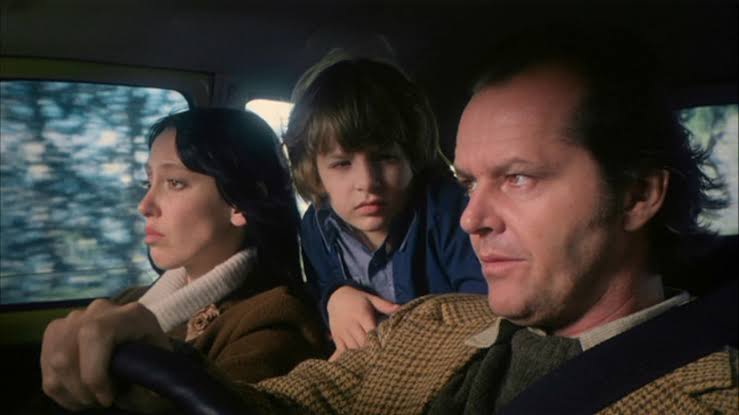
Stanley Kubrick’s The Shining is full of disquieting mysteries, but the one which sparks the most debate centers on the final shot. A photograph hanging on the wall of the Overlook Hotel shows Jack, or at least someone who looks exactly like him, in the ballroom in 1921, years before his birth. Kubrick’s take on the ending of The Shining is that the hotel has absorbed Jack’s soul, but this hasn’t stopped fans proposing alternative theories. The photo could mean that Jack has been reincarnated, or that there is some time anomaly. In any case, Kubrick’s slow zoom ending suggests that whatever evil force is at play, it is nothing new.
No 4 : Joker (2019)
Arthur talks to a psychiatrist

After Joker’s appearance on the Murray Franklin Show plunges Gotham into a night of rioting, Joker cuts to a psychiatric hospital. The obvious interpretation is that Joker was captured in the aftermath of the riots and taken in for a psychological examination, but earlier in the movie, a brief reference to Arthur Fleck’s past suggests that the final scene could be a flashback. The subjective narrative also frequently calls into question whether the events depicted are really happening or whether they are merely Arthur’s nihilistic fantasies. The upcoming sequel, Joker: Folie à deux, could solve some of these mysteries, but it’s more likely things will get even less clear.
No 5 : Tenet (2020)
Neil met the Protagonist before

Like Memento, one of Christopher Nolan’s earlier movies, Tenet plays with its timeline in new and creative ways. The idea of inverted entropy opens up a world of possibilities for time-travel adjacent storytelling, but the tangled timelines and layers of meaning can be very difficult to parse. Tenet‘s ending reveals that Neil was the soldier who rescued the Protagonist at the beginning of the story. Unlike other movies with confusing endings, Tenet does contain all the answers to its biggest mysteries. The problem is that they aren’t in the places one would expect them to be in, and Tenet necessitates at least one rewatch.
No 6 : Sorry To Bother You (2018)
Cash transforms

Boots Riley’s Sorry to Bother You starts out as a biting social satire about code-switching and the phony visage of business etiquette. The third act takes a wild twist, however, unfolding the movie’s themes into more broadly anti-capitalist and anti-class territory, rather than a more focused meditation on racial inequality. Sorry to Bother You‘s horse twist represents the dehumanization of the working class in America, but one final twist makes things a little more confusing. After seemingly completing his personal journey and arriving at a place of enlightenment, Cash himself transforms into an “Equisapien,” and acts out a supernatural revolution fantasy.
No 7 : A Serious Man (2009)
A tornado arrives
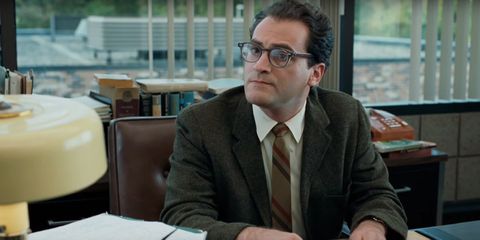
The Coen brothers have plenty of head-scratching endings in their movies. No Country for Old Men ends with a sheriff talking about a couple of his dreams, and The Big Lebowski ends with the narrator directly interacting with the protagonist. In A Serious Man, Larry struggles to cope with events that seem to transpire against him. A streak of good luck toward the end sees most of these problems disappear, but then his doctor calls him to discuss the results of a chest x-ray, and a vicious tornado closes in. The tornado could represent Larry’s inner turmoil, or it could just be more meaningless chaos spewed out by the universe.
No 8 : Black Swan (2010)
Nina stabs Lily in her dressing room
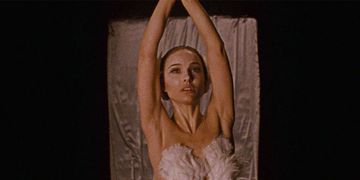
Black Swan shares many similarities with Tchaikovsky’s ballet, filtered through the unique lens of director Darren Aronofsky. As Nina’s pursuit of artistic perfection begins taking a mental toll on her, the lines between reality and her subconscious begin to blur. Events which are presented factually, such as Nina’s night of passion with Lily, turn out to be products of her imagination. The ending of Black Swan takes this subjective storytelling to a new level, as Nina reveals a stab wound to her abdomen. If she stabbed herself, and not Lily, then it’s a mystery how she performed the second act, but Lily could be a representation of her own fears.
No 9 : Eraserhead (1977)
The child expands and transforms
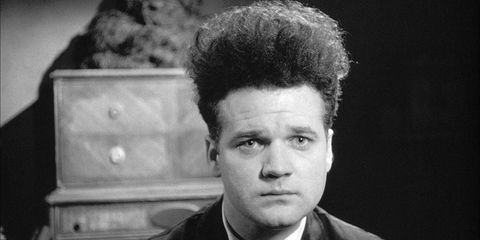
David Lynch has a long list of surreal, uncomfortable works, and Eraserhead is no different. The entire movie is filled with enigmatic scenes and eerie body horror which can be interpreted in many different ways. The final scene of Eraserhead pulls together some of the disparate, abstract motifs from earlier in the movie, but their meaning doesn’t become any less obscure. Henry’s inhuman child grows and grows, until its head is replaced by a planet. The planet cracks open, and a man inside pulls on some levers. How this relates to Henry’s story is anybody’s guess, but it isn’t even clear how literal or metaphorical the events are.
No 10 : Zodiac (2007)
The case remains unsolved
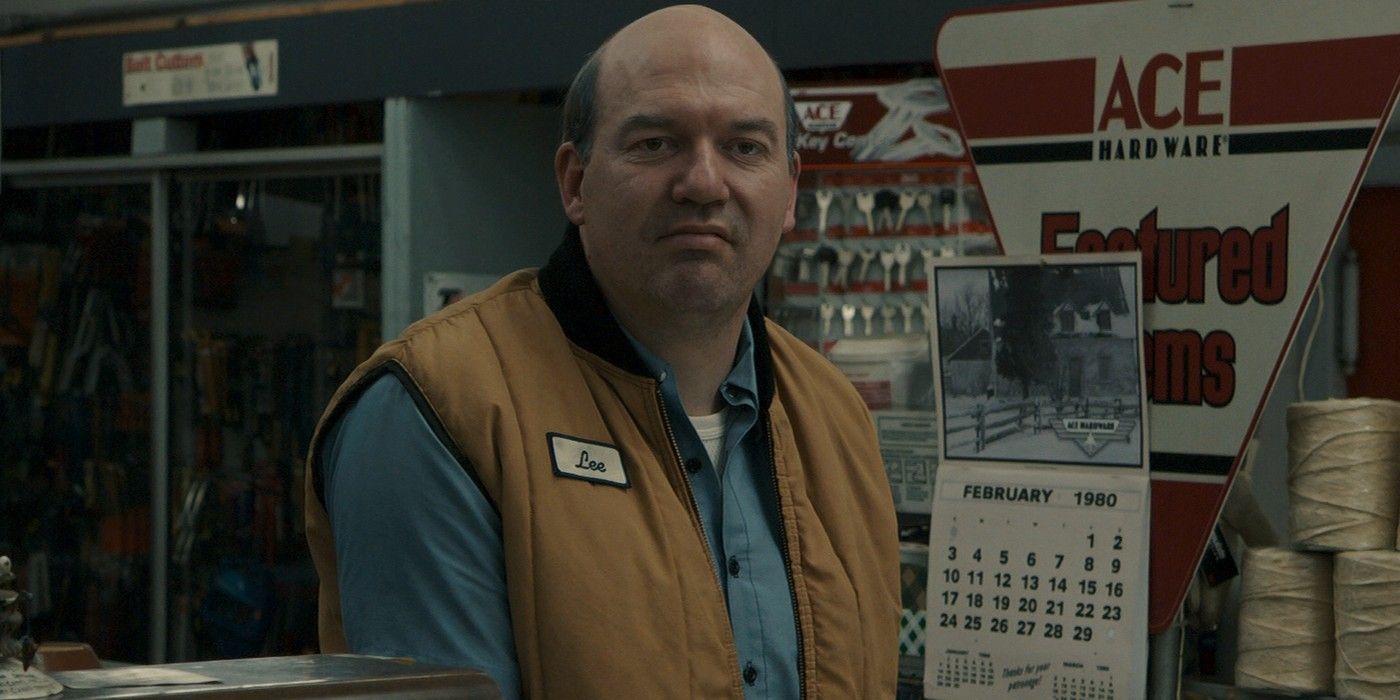
By leaving things open-ended, David Fincher makes his audience just as unhealthily obsessed as Graysmith.
Zodiac tracks the case of the “Zodiac Killer” in San Francisco and the surrounding area in the late 1960s. Specifically, it follows Robert Graysmith’s obsessive investigation of the killings, even years after they cease. Most crime movies unravel their mysteries as they go, until the big reveal in the final act. Zodiac also unfolds in this way, but the case is never solved. This can cause a lot of frustration, because audiences want to know if Arthur Leigh Allen was the real killer or not. Ultimately, this ambiguity is the entire point. By leaving things open-ended, David Fincher makes his audience just as unhealthily obsessed as Graysmith.



